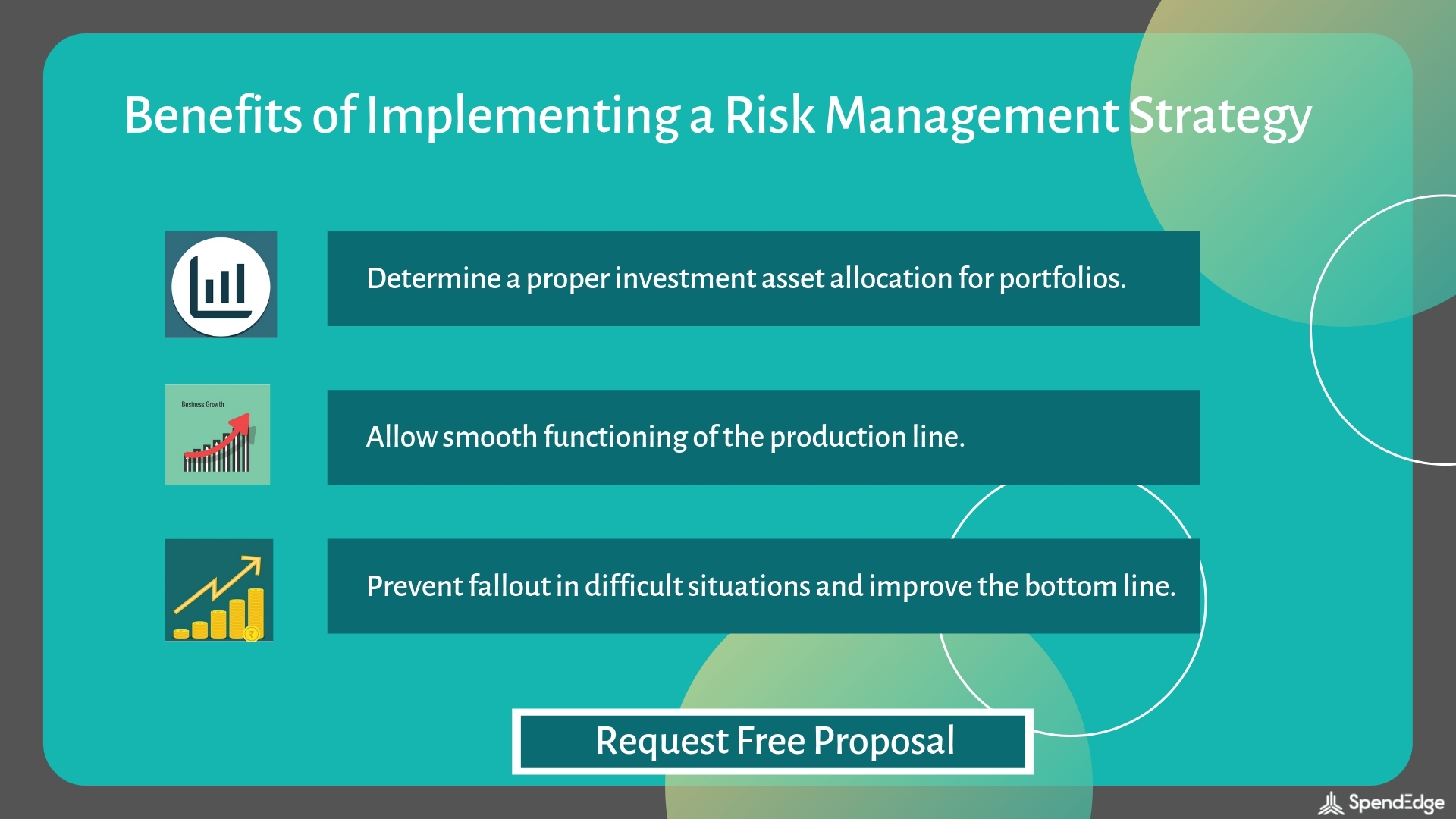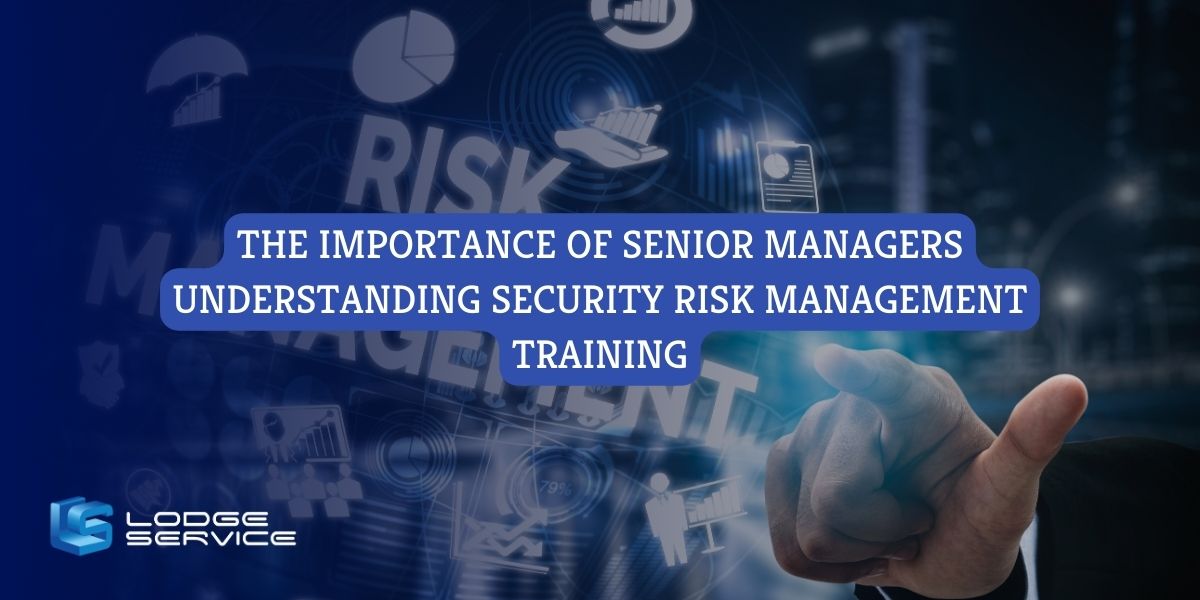The Relevance of Understanding the Value of Risk Management in Different Industries

The Core Concept of Risk Management and Its Objective
Risk Management, the cornerstone of several markets, rests on the identification, evaluation, and mitigation of unpredictabilities in a service atmosphere. It is an integral method that enables organizations to protect their properties, online reputation, and general survival. By properly recognizing prospective threats, companies can establish methods to either avoid these threats from occurring or decrease their influence. The examination procedure involves evaluating the possibility and potential intensity of these threats. The mitigation process involves designing techniques to decrease their potential effect once risks have actually been identified and assessed. This process is continuous and intermittent, ensuring that organizations are prepared for the ever-changing nature of Risk in various sectors. The key function, therefore, is to promote durability among unpredictabilities.
Advantages of Applying Risk Management in Business Procedures
Revealing the Duty of Risk Management in Different Industries
While every sector faces its unique set of dangers, the execution of Risk Management strategies stays an usual denominator in their pursuit of sustainability and development. In the health care sector, Risk Management requires making certain person safety and data protection, while in financing, it entails mitigating financial investment threats and guaranteeing governing conformity. Ultimately, the duty of Risk Management throughout sectors is to determine, examine, and minimize threats.
Real-life Instance Researches Showing Successful Risk Management
To recognize the value of Risk Management in these many fields, one can aim to several real-life circumstances that illustrate the effective application of these actions. In the power sector, British Petroleum developed Risk mitigation intends post the 2010 Gulf of Mexico oil spill. They applied better safety treatments and more stringent regulations which dramatically reduced additional mishaps. Similarly, in financing, Goldman Sachs efficiently navigated the 2008 economic crisis by recognizing prospective mortgage-backed safeties dangers early. Toyota, post the 2011 earthquake in Japan, changed its supply chain Management to lessen disruption threats. These situations show exactly how sectors, discovering from crises, effectively More Info applied Risk Management strategies to lower future threats.
Future Patterns and Growths in Risk Management Techniques
As the globe proceeds to progress, so as well do the fads and growths in Risk Management approaches. Quick improvements in technology and data analytics are reshaping the Risk landscape. Huge information and AI are currently crucial in anticipating and reducing dangers. Organizations are leveraging these devices to develop anticipating designs and make data-driven decisions. Cybersecurity, once a peripheral issue, has catapulted to the leading edge of Risk Management, with methods concentrating on response, discovery, and avoidance. The integration of ESG (Environmental, Social, Governance) factors right into Risk Management is another expanding trend, showing the raising recognition of the role that environmental and social dangers play in business sustainability. Thus, the future of Risk Management exists in the blend of innovative modern technology, ingenious approaches, and an all natural technique.
Verdict
To conclude, understanding the relevance of Risk Management across visit this page a range of markets is vital for their longevity and success. Tailored strategies can assist minimize potential risks, protect assets, and foster stakeholder trust. Furthermore, aggressive decision-making aids in regulatory conformity and optimizes resource use. Ultimately, effective Risk Management adds to much more lasting and resistant services, highlighting the value of this technique in today's extremely affordable and vibrant organization setting.
While every industry faces its special set of dangers, the execution of Risk Management methods continues to be a common denominator in their search of sustainability and development. In the medical care sector, Risk Management entails guaranteeing client security and data defense, while in finance, it entails mitigating financial investment risks and ensuring regulatory conformity. Eventually, the function of Risk Management throughout industries is to identify, analyze, and minimize threats. These instances show how industries, finding out from dilemmas, effectively applied Risk Management methods to minimize future dangers.

Comments on “Exploring the Expanding Importance of Risk Management in Organizational Strategy”